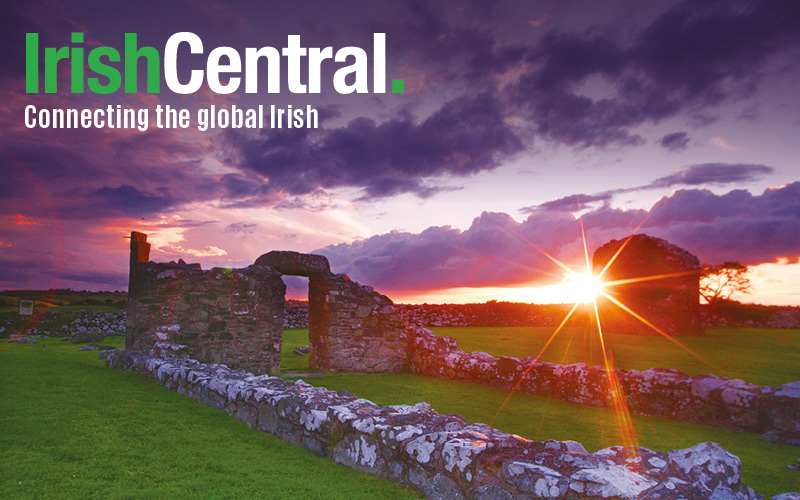Counting is underway in the Irish General Election after the country went to the polls on Saturday.
The first ballots were counted in the Galway West constituency at around 9 a.m. on Sunday morning and counting proper is expected to begin at midday.
In total, 160 members of the Dáil (Irish parliament) will be elected from 39 different constituencies over the coming days. Each constituency will elect between three and five TDs (Members of Parliament).
Read More: Mary Lou -- the woman who led Sinn Fein to an historic election result
Counting is expected to last all day and could go into the night.
It is set to be one of the closest elections in Irish history, according to exit polls on Saturday night, and could bring about a seismic change in Irish politics.
The exit polls found that there was a remarkable split among the Irish voters and indicated that the three main parties - Sinn Féin, Fine Gael and Fianna Fáil - all received an identical amount of votes.
The poll suggests a 'tie' between the three prominent parties, with governing party Fine Gael securing 22.4% of first preference votes, closely followed by Sinn Féin (22.3%) and Fianna Fáil (22.2%). The poll had a margin of error of 1.3%.
The exit poll is based on 5,376 completed interviews conducted immediately after people voted at 250 polling stations in 39 constituencies across the country.
Sinn Féin looks set to make historic gains in this election.
Read more: Sinn Féin barbarians at the gate cause media fear frenzy before election
The left-wing party will almost certainly secure its highest ever amount of seats in the Dáil and it seems on course to pass the 30-seat mark.
However, it appears as though it will be hurt by its decision to run just 42 candidates across the 39 constituencies meaning that, even if every single one of them were to be elected, it would still be 39 seats short of the 81 seats required for a majority in the government.
Fine Gael and Fianna Fáil, on the other hand, ran 82 and 84 candidates respectively and should secure a higher number of seats as a result.
This extraordinarily tight election seems to have broken the political hegemony enjoyed by Fine Gael and Fianna Fáil - Ireland's two largest parties - since the foundation of the Irish State almost 100 years ago.
The parties' combined vote of 45% is the lowest in the history of the Irish State.
Since 1922, either Fine Gael or Fianna Fáil have been in government as either a majority government or as the dominant party in a coalition government. It appears as the two parties' stranglehold on Irish politics is coming to an end as younger people are becoming increasingly disenfranchised with Ireland's housing and rental crises.
The exit poll found that a significant number (almost 32%) of people aged between 18-24 voted for Sinn Féin with Fine Gael and Fianna Fáil only taking 15.5% and 13.6% of the young vote respectively.
On the other hand, voters aged 65 and over showed strong support for Ireland's tradition parties with Fine Gael taking a whopping 30.2% of the old vote. Similarly, Fianna Fáil scooping 29.7% of vote from over 65s.
Sinn Féin, conversely, took just 12.2% of the older vote and there appears to be a clear generational divide among Irish voters.
The future of the Irish government is decidedly unclear as it is certain that no party will attain the 81 seats required to form a majority.
Parties will therefore have to join together to form a coalition government and it is difficult to see how it will be formed.
Fianna Fáil, who are projected to secure the most seats, are still expected to be around 25 seats short of 81 and they have ruled out going into government with Sinn Féin.
Fine Gael are expected to return with roughly 45 seats and they have categorically ruled out going into government with Sinn Féin.
It is also unlikely that Fine Gael and Fianna Fáil will form a government together since that was essentially what happened in the last election four years ago.
For their part, Sinn Féin are going to secure a record amount of seats but will still fall more than 40 seats short of that magic 81.
Read more: No one knows who will win the Irish election
That means that one of the three leading parties must do deals with smaller parties like the Green Party and Labour and with independent TDs in order to form a government.
It is impossible to predict and it's not beyond the realms of possibility that the Irish voters are asked to vote again.
If that is the case, it will suit Sinn Féin more than any of the others as they can field more candidates and make even more gains.




Comments